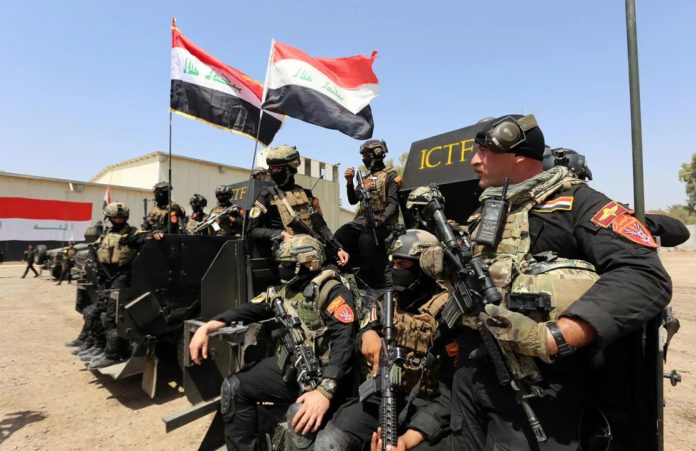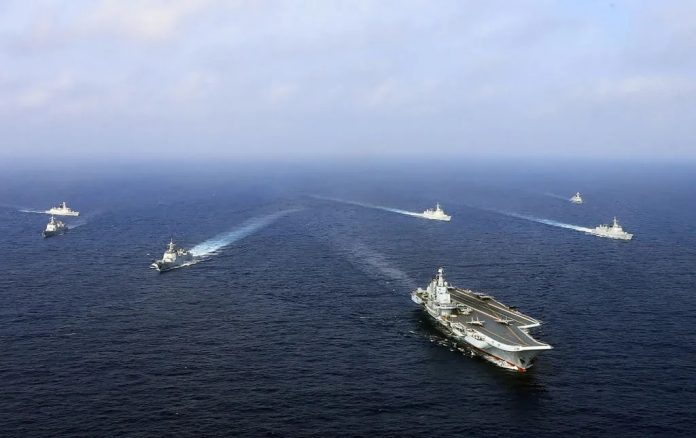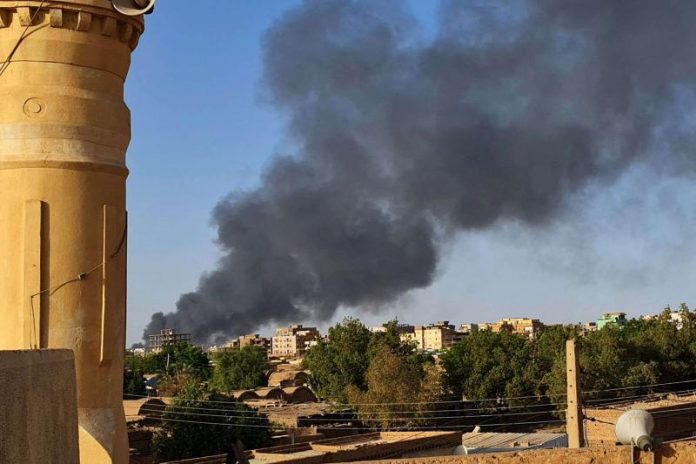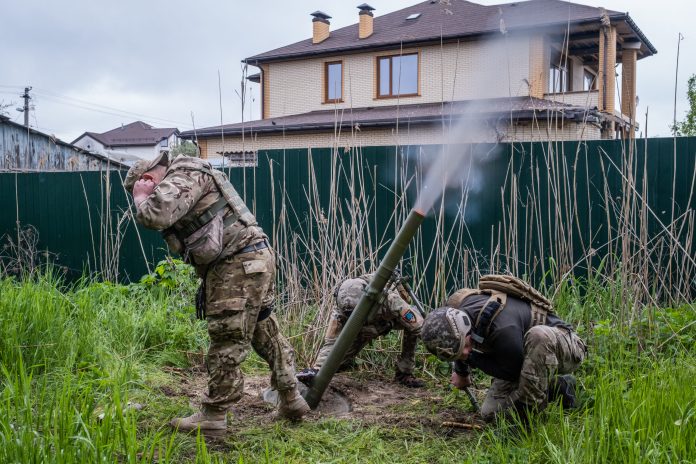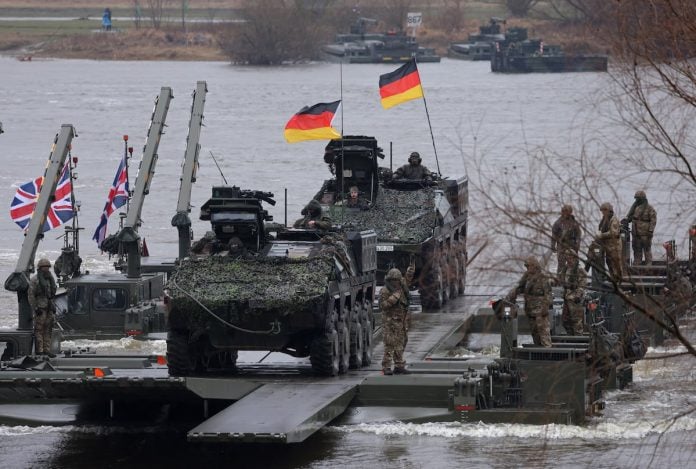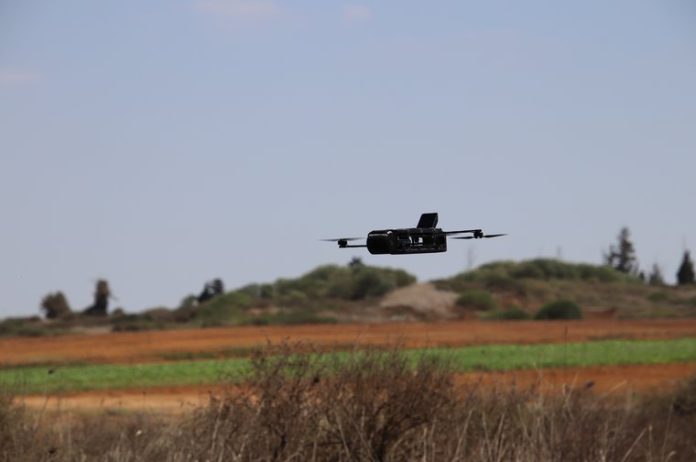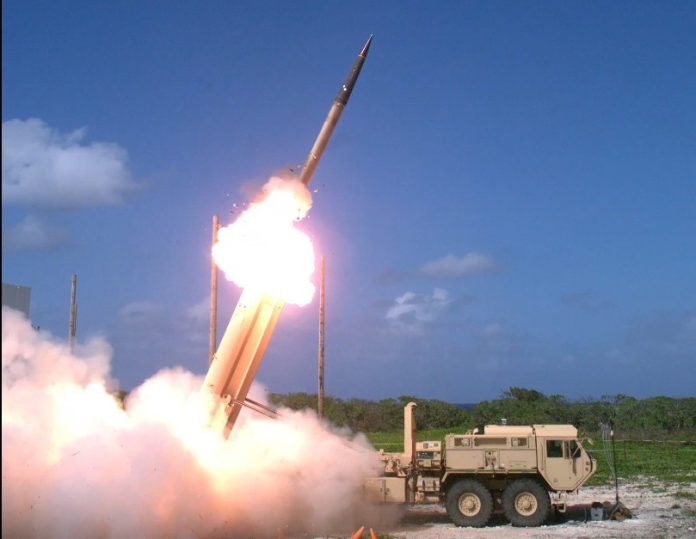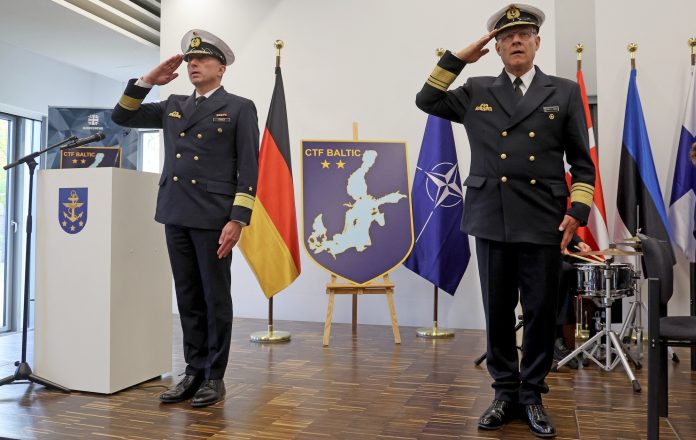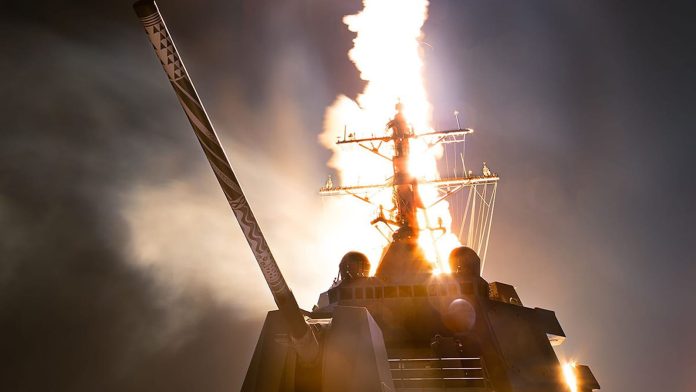Japan, UK, and Italy Accelerate Joint Development of Next-Generation Fighter Jet
In a significant step towards bolstering defense capabilities, Japan, the United Kingdom, and Italy have announced an expedited plan for the joint development of a cutting-edge fighter jet. This initiative aims to create a new generation of aircraft and is part of a broader strategy to enhance military readiness in response to evolving global security challenges.
Initiated in 2022, the collaborative effort will culminate in the establishment of the Global Combat Air Programme (GCAP) International Government Organization by the end of this year. The GCAP will oversee the aircraft’s development, with an ambitious goal of deploying the new fighter jet by 2035.
During a meeting in Italy on the sidelines of last week’s G7 ministerial defense gathering, the defense ministers of the three nations deliberated on this crucial initiative. Japan has appointed Masami Oka, a former Vice Minister of Defense, to lead the GCAP, which will be headquartered in the UK.
The new aircraft is set to replace Japan’s retiring F-2 fighters, developed in collaboration with the United States, as well as the Eurofighter Typhoons, which were produced in partnership with the UK, Italy, Spain, and Germany. Key industry players involved in the project include Japan’s Mitsubishi Heavy Industries, the UK’s BAE Systems, and Italy’s Leonardo.
Japan’s participation in the GCAP marks a significant shift in its defense posture. Historically, Japan has exercised restraint in developing offensive strike capabilities due to its post-war demilitarization policies and a commitment to avoiding provocation of neighboring countries. However, escalating security concerns in the Indo-Pacific region, particularly in light of China’s expanding military presence, have compelled the Japanese government to strengthen its military alliances and capabilities.
This strategic pivot includes recent initiatives such as the sale of defense technologies, including a deal in August for surface-to-air missile systems aimed at replenishing U.S. stockpiles affected by the ongoing conflict in Ukraine.
As the three nations move forward with the GCAP, the collaborative effort underscores a renewed commitment to collective security and defense innovation amid a rapidly changing geopolitical landscape.


